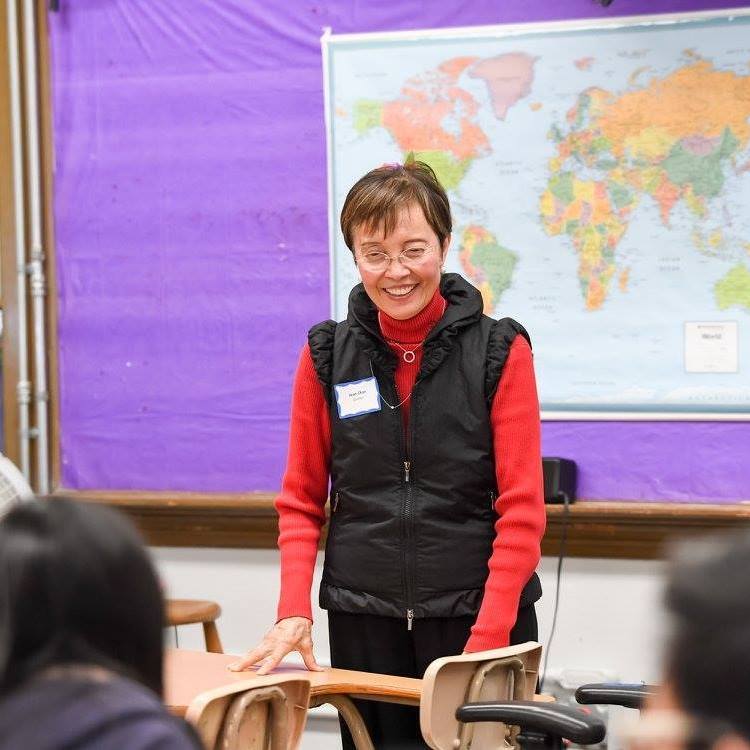The Soldiers Are Coming!: My Early Life in a Chinese Village, 1941-1946
|
The Soldiers are Coming! tells the true story of Jean Bee Chan's life in a Chinese village. During the Japanese occupation of China, Jean Bee's family was forced to separate: her father followed his government job to central China, while her mother took Jean Bee and her baby brother to live in their ancestral village in southern China from 1941 to 1946. During those years, Japanese soldiers rampaged China, and their village was no exception. Because all infrastructure had been destroyed, they had to survive on their own. When the village watchmen yelled, "The soldiers are coming!", the villagers would run and hide in the mountains. They persevered through fear, hunger, and poverty until the Japanese surrendered.
|
As an adult, inspired by her mother's accounts of the hardships suffered during the war, Jean Bee began to study the history of the Asia Pacific War. She became an advocate and speaker for awareness and justice for the atrocities committed against the Chinese and other peoples during the war. She said, "This was a painful experience for me, but the audiences all found my story touching and compelling. Finally, it became clear to me that I must share my story in print."
"Jean Bee Chan's poignant and beautifully illustrated book is a stark reminder of the suffering of war's most vulnerable casualties: children, who have no say in matters of either war or peace. She takes the reader back to the dire circumstances of her childhood in rural China during the Japanese occupation. Sadly, one child's story from 75 years ago can so easily stand in for that told by the many children living, and dying, in war zones today. And that is why it is important that such stories be preserved, honored, and passed along with hope to future generations."
-- Jesse Wallis, Poet and graphic designer
"Through the eyes of her childhood self, Jean Bee Chan takes the reader into her life in a village in southern China during the Asia Pacific War. With constant military invasions, families had to separate to survive, and precious lives were tragically lost. This story serves as an important testimony to the life-long, irreversible damages of war, and how familial love became the only fuel for people to persevere in the darkest of times. Unembellished yet sincere, this is a story that even young children could appreciate, and readers of all ages should read."
-- Dr. Emily S. Wu, Social Justice Faculty, Dominican University of California
"The most important element in virtually all forms of art is whether it awakens emotions that transcend the barriers of language, race, nationality and religion. I see The Soldiers Are Coming! as such a work for children and everyone else. The text of this book deeply touched me. The art--with vibrant colors of crops, animals, and people sleeping and working--is part of the parable of life, and the invading soldiers who kill all the people and the animals in a rural village are also part of humankind's oldest story."
-- Dr. Rodger Scott, teacher and author of
Grover Lewis: The Uncommon Insight and Grace of an Ordinary Man
"The Soldiers Are Coming! tells a survivor's story. Several groups of high school and college students have heard the author 's touching story of her life as a young girl in a southern Chinese rural village. These students, as interns of Pacific Atrocities Education, often shed tears of sorrow and became more determined to study and write about the history of the atrocities in the Asia Pacific War. I believe the art and the text of this book will awaken deep emotional responses from its readers."
-- Jenny Chan, Executive Director of Pacific Atrocities Education in San Francisco

